Canary Islands research seeks to develop species for diversification
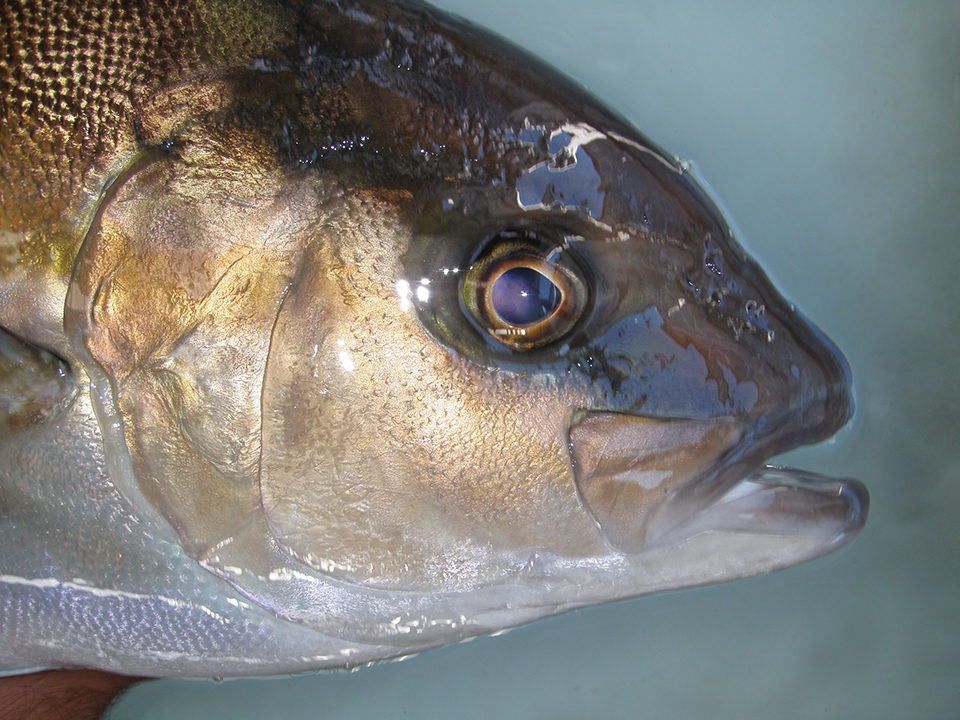
The longfin yellowtail is considered one of the most important emerging marine finfish species in Japan, Australia and the United States. Its fast growth, excellent flesh quality and wide international markets have identified the fish as a potential candidate for aquaculture.
Despite the substantial yellowtail market developed in Europe, there is little experience with its culture in the region.
In order to promote the development of this species for aquaculture diversification in European waters, research on broodstock management and larval rearing is being conducted by the Grupo de Investigación en Acuicultura (GIA) from the University of the Canary Islands in Spain. Compared to the Mediterranean region or other areas in Europe, the Canaries offer advantages such as easy access to clear open-ocean waters with relatively constant year-round temperatures of 18 to 24 degrees C and well-established commercial offshore marine aquaculture.
Broodstock management
Fifteen sub-adult almaco jack or longfin yellowtails, Seriola rivoliana, were captured by local fishermen off the southern coast of the Canary Islands in July 2007. The fish were transported to land and kept in a 10-m3 tank at the GIA facilities. The tank was maintained under natural photoperiods and supplied with natural seawater with 37 ppt and temperatures ranging from 18 to 24 degrees-C. The S. rivoliana broodstock were fed twice a week with commercial pellets supplemented once a week with frozen squid and mackerel.
Larval rearing
S. rivoliana eggs obtained from spawning induced by hormonal injection using commercial gonadotropin-releasing hormone were utilized to test semi-intensive and intensive larval-rearing techniques. The semi-intensive system had 4.5 eggs/L stocked in two, 40-m3 tanks, while the intensive unit had 125 eggs/L in 2-m3 tanks.
During the rearing trials, experimental tanks were supplied with filtered and ultraviolet-sterilized seawater. Water salinity was 37 ± 0.5 ppt, dissolved oxygen was held at 5.61 ± 0.14 ppm, and temperature was maintained at 22.30 ± 0.07 degrees C. Larval growth was assessed every five days until 30 days after hatching.
During 2009-2010, the average survival rate at 30 days after hatching under semi-intensive conditions was 2.5 percent, whereas under intensive conditions, less than 0.5 percent survival was obtained. The differences observed between the fatty acid profiles of eggs and feeds utilized during larval culture suggested a potential fatty acid deficiency in agreement with the shock syndrome recorded after a stress test at 20 days after hatching. During 2011 and 2012, modification of the n-3 highly unsaturated fatty acid profiles for rotifer enrichment raised larval survival to 27 percent in the semi-intensive system.
In addition, during this time, relevant information about the ontogeny of the yellowtails’ digestive systems and the ossification pattern of the larvae was obtained. The first gastric glands were established 16 days after hatching, which suggested an important increase in digestive capacity and the possibility to conduct early weaning to microdiets. Also, the skeletal development and incidence of skeletal deformities of the skull and vertebral column were reported for the first time.
Grow-out
Ninety days after hatching, S. rivoliana juveniles cultured in semi-intensive systems reached 26.7 ± 4.7 g. Those raised under intensive conditions grew to 14.2 ± 5.2 g, denoting the high growth potential of the species. In February 2012, 1,500 S. rivoliana juveniles were transferred to a local offshore grow-out farm to evaluate the biological performance of the species under these rearing conditions.
(Editor’s Note: This article was originally published in the January/February 2013 print edition of the Global Aquaculture Advocate.)
Now that you've reached the end of the article ...
… please consider supporting GSA’s mission to advance responsible seafood practices through education, advocacy and third-party assurances. The Advocate aims to document the evolution of responsible seafood practices and share the expansive knowledge of our vast network of contributors.
By becoming a Global Seafood Alliance member, you’re ensuring that all of the pre-competitive work we do through member benefits, resources and events can continue. Individual membership costs just $50 a year.
Not a GSA member? Join us.
Authors
-
Javier Roo, Ph.D.
Grupo de Investigación en Acuicultura
Universidad de Las Palmas de Gran Canaria
P. O. Box 56, E-35200 Telde
Las Palmas, Canary Islands, Spain[115,101,46,97,105,114,97,110,97,99,114,46,109,99,99,105,64,111,111,114,106]
-
Hipólito Fernández-Palacios, Ph.D.
Grupo de Investigación en Acuicultura
Universidad de Las Palmas de Gran Canaria
P. O. Box 56, E-35200 Telde
Las Palmas, Canary Islands, Spain
Tagged With
Related Posts
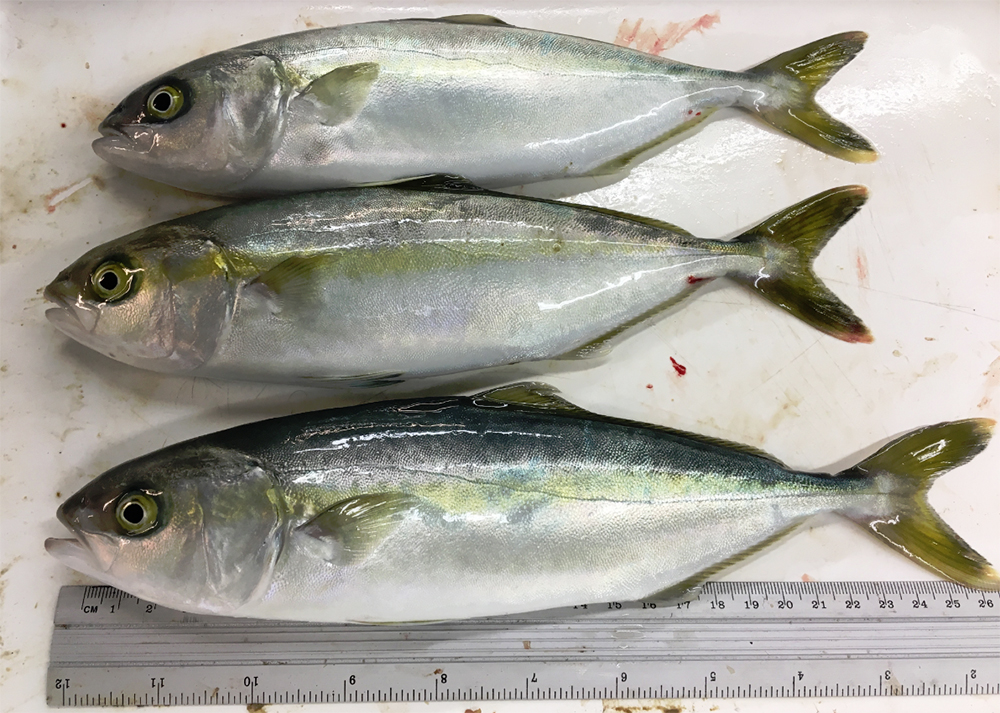
Health & Welfare
Long-chain PUFA requirements of juvenile California yellowtail
This study shows that soybean oil can totally replace fish oil in California yellowtail aquafeeds without affecting production performance and reducing the omega-3 fatty acid profile of fish tissues, as long as acceptable levels of ARA and DHA are provided.
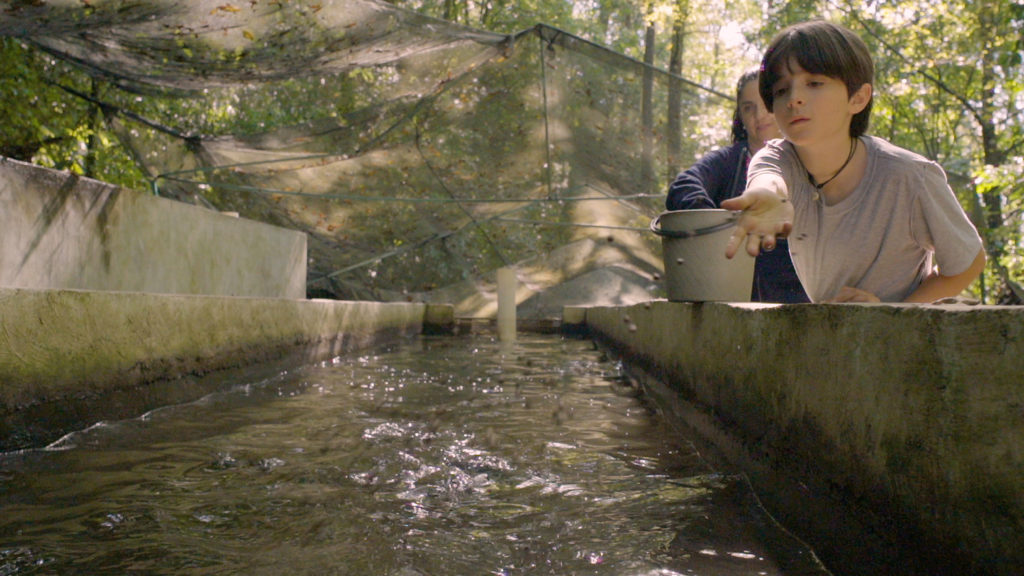
Intelligence
A motive, and a market, for farmed fish in Mexico
Boasting ample areas for aquaculture and a robust domestic demand for seafood – not to mention its close proximity to the U.S. market – a land of opportunity lies in Mexico. Fish farming is primed to meet its potential south of the border.
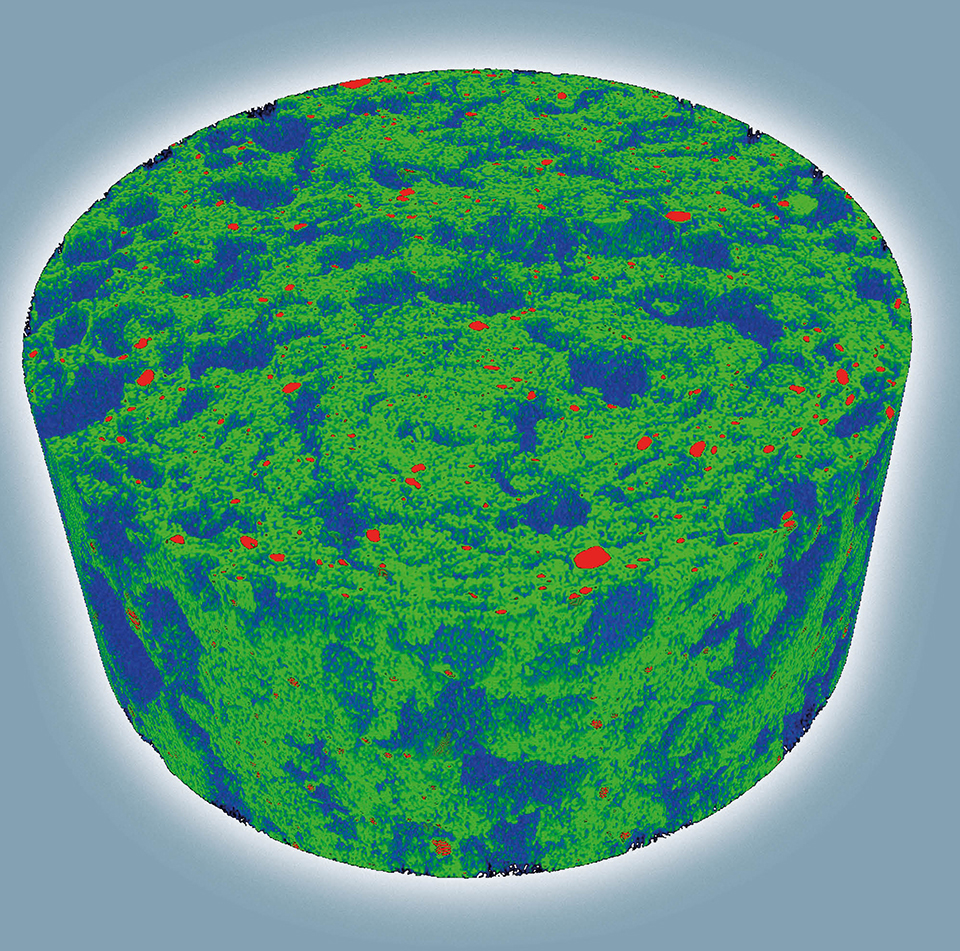
Aquafeeds
Alternative feed ingredients support continued aquaculture expansion
Identifying sources for essential macro- and micronutrients is important, as well as understanding how best to manufacture feed to required physical specifications when using these new raw materials.
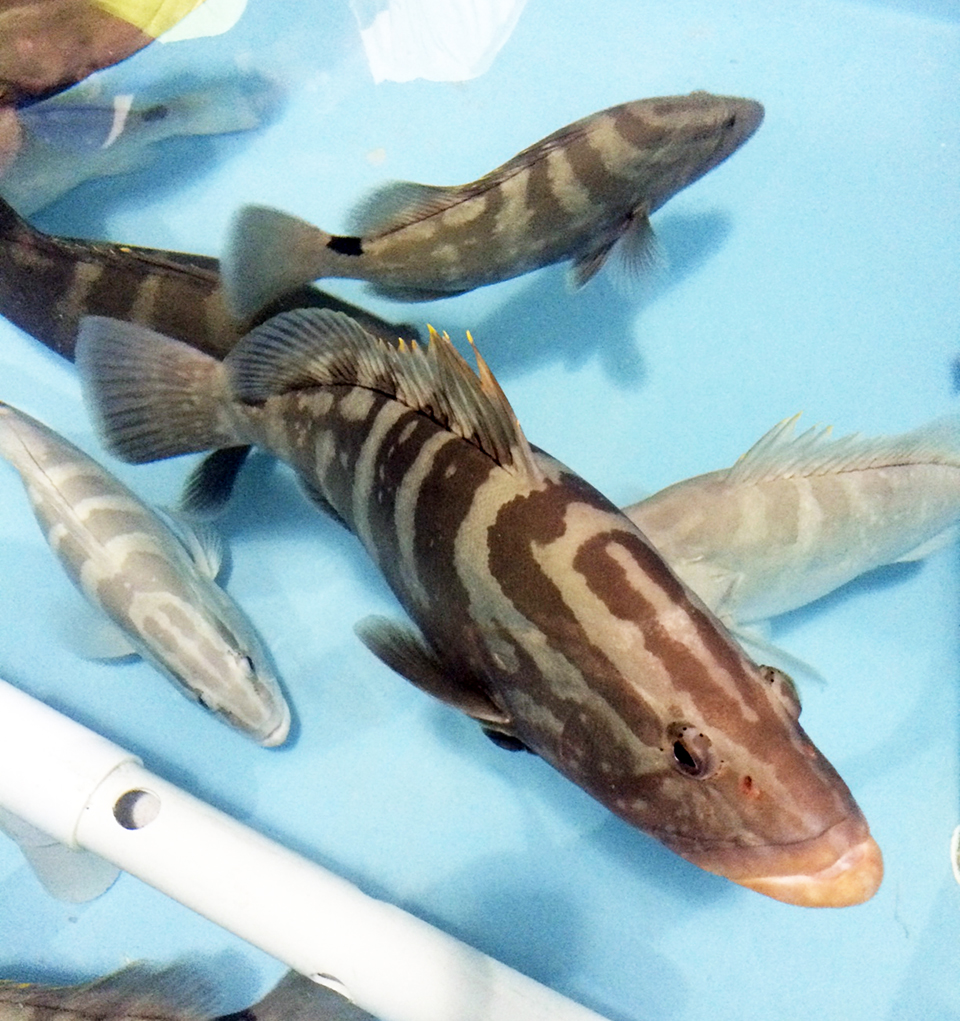
Intelligence
Bahamas venture focuses on grouper, other high-value marine fish
A new venture under development in the Bahamas will capitalize on Tropic Seafood’s established logistics and infrastructure to diversify its operations from processing and selling wild fisheries products to include the culture of grouper and other marine fish.



